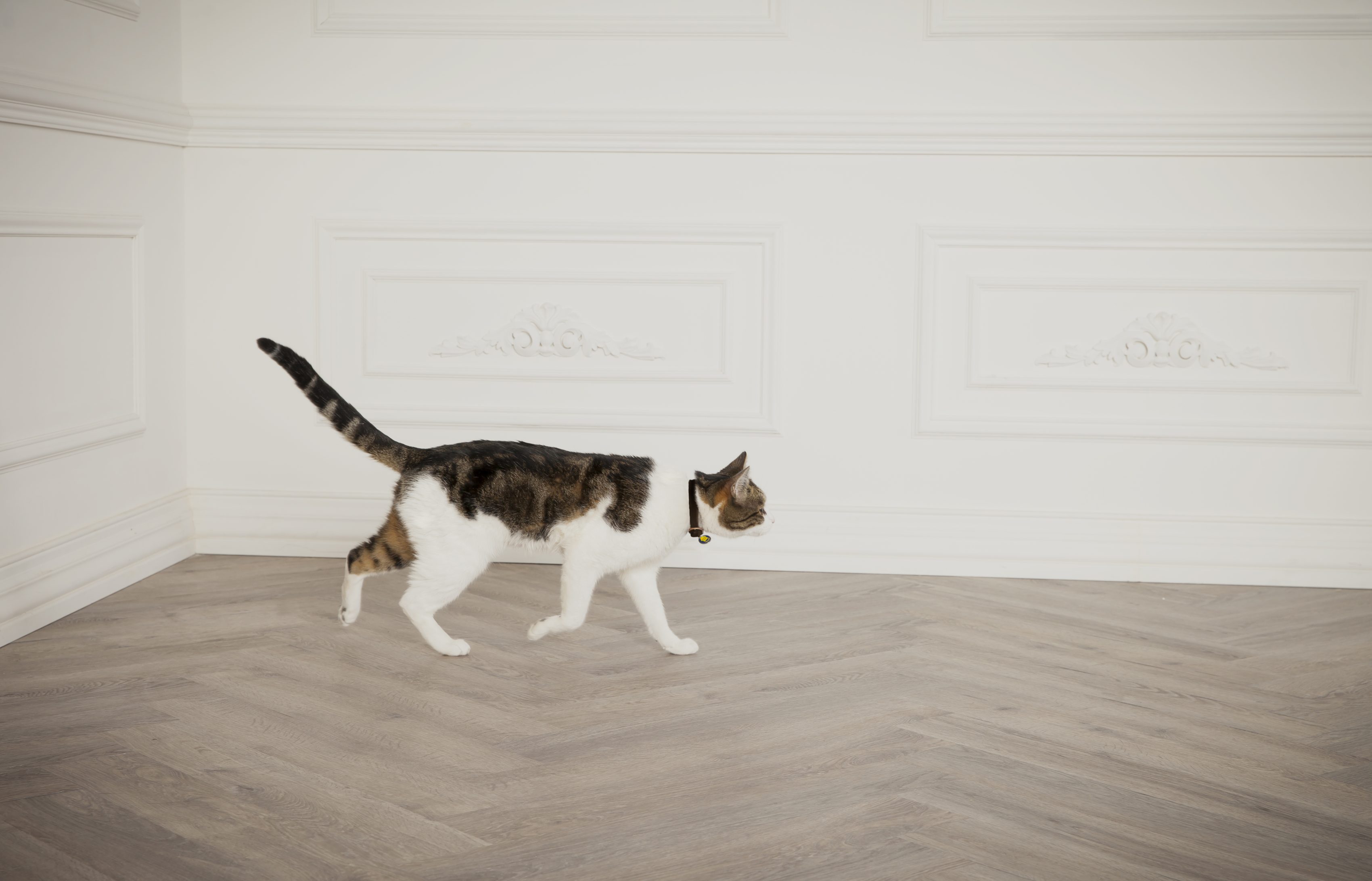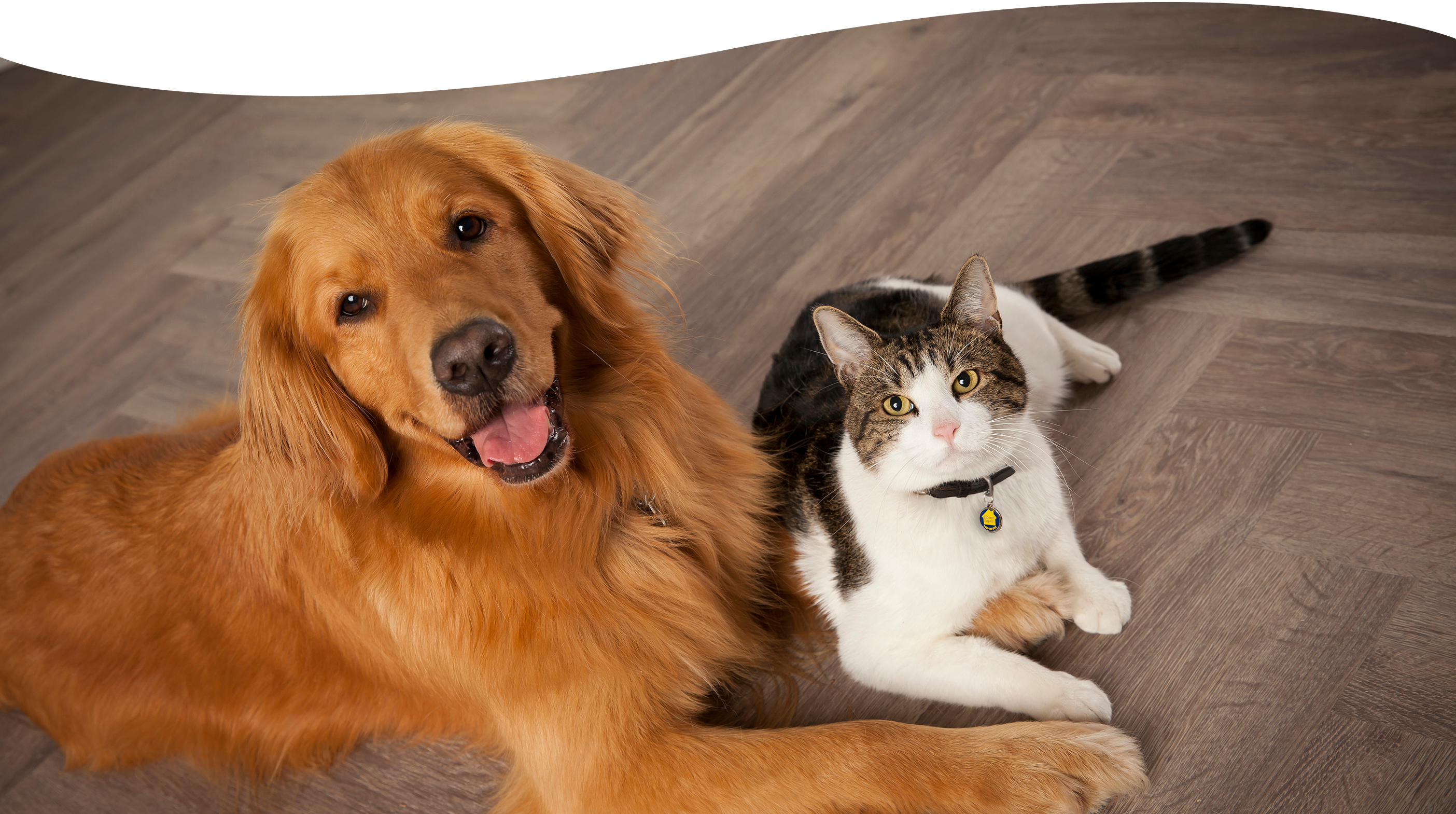

Diabetes in Cats
What is Feline Diabetes?
Diabetes Mellitus in Cats
Diabetes mellitus is a condition that affects the amount of glucose, or sugar, in your cat’s blood. Diabetes occurs when your cat’s body makes too little insulin, stops producing it completely, or has an abnormal response to insulin.
Insulin affects how your cat’s body uses food.
When your cat eats, carbohydrates are converted into several types of simple sugars, including glucose. Glucose is absorbed from the intestines into the blood, where it travels to cells throughout the body. Insulin is required for the transfer of glucose from the blood into the cells so it can be used for energy. If there’s too little insulin available, glucose can’t enter cells, and instead builds up to a high concentration in the bloodstream. This is known as hyperglycemia.
As a result, there is not enough energy for the cells to function normally and they become “starved.” Over time, weight loss ensues despite a ravenous appetite. The build-up of glucose in the blood spills over into the urine and draws large volumes of water, resulting in increased thirst and urination.
How Common is Pet Diabetes?
Feline diabetes is more common in middle-age and older cats, but it is also seen in young cats as well. While believed to be underdiagnosed, diabetes mellitus affects an estimated one in 1 in 230 cats. It is more common in neutered, male cats.2

Related Conditions
Cats with diabetes can develop complications subsequent to becoming diabetic. Careful control of blood glucose concentrations may help minimize these complications.
Common complications of feline diabetes
Recurrent infections and ketoacidosis (which causes decreased appetite, vomiting, and even death, if not treated) are the most common complications of uncontrolled diabetes. Additional complications include inflamed pancreas, and peripheral neuropathy (nerve dysfunction or dropped hocks).
These complications can be severe. Contact your veterinarian any time your cat experiences any change in signs.
What Cats are at Risk?
Any cat could develop diabetes, but certain breeds, like Burmese and Siamese cats, experience an above-average rate of diabetes.
Diabetes typically occurs in cats that are middle-aged to older-aged. Neutered male cats are also more likely to suffer from diabetes.
Key risk factors for diabetes in cats:
- Obesity
- Physical inactivity
- Indoor lifestyle
- Other insulin-resistant conditions, such as chronic pancreatitis or hyperthyroidism
If you feel your cat is at risk for developing diabetes, consider having your pet tested during a regular veterinary examination at least once a year.
Further Reading


Talk to Your Vet Today
Find a veterinarian to learn more about pet diabetes, and how cats and dogs can lead a happy, healthy life with proper management.
2. McCann TM, Simpson KE, Shaw DJ, et al. Feline diabetes mellitus in the UK: the prevalencewithin an insured cat population and a questionnaire-based putative risk factor analysis. J Feline Med Surg 9:289-299, 2007.
IMPORTANT SAFETY INFORMATION:
VETSULIN® and VETPEN® are for use in animals only. Dogs and cats known to have an allergy to pork or pork products should not be treated with VETSULIN®. VETSULIN® is contraindicated during periods of hypoglycemia. Animals with severe ketoacidosis, anorexia, lethargy, and/or vomiting should be stabilized with short-acting insulin and appropriate supportive therapy before use. As with all insulin products, careful patient monitoring for hypoglycemia and hyperglycemia is essential. Overdosage can result in profound hypoglycemia and death. Progestogen and glucocorticoid use should be avoided. The safety and effectiveness of VETSULIN® in puppies, kittens, breeding, pregnant, and lactating dogs and cats has not been evaluated. Keep out of reach of children. Avoid contact with eyes. In case of contact, immediately flush eyes with copious amounts of water for at least 15 minutes. Accidental injection may cause clinical hypoglycemia. In case of accidental injection, seek medical attention immediately. Exposure to the product may induce a local or systemic allergic reaction in sensitized individuals. For complete safety information, refer to the product label.




